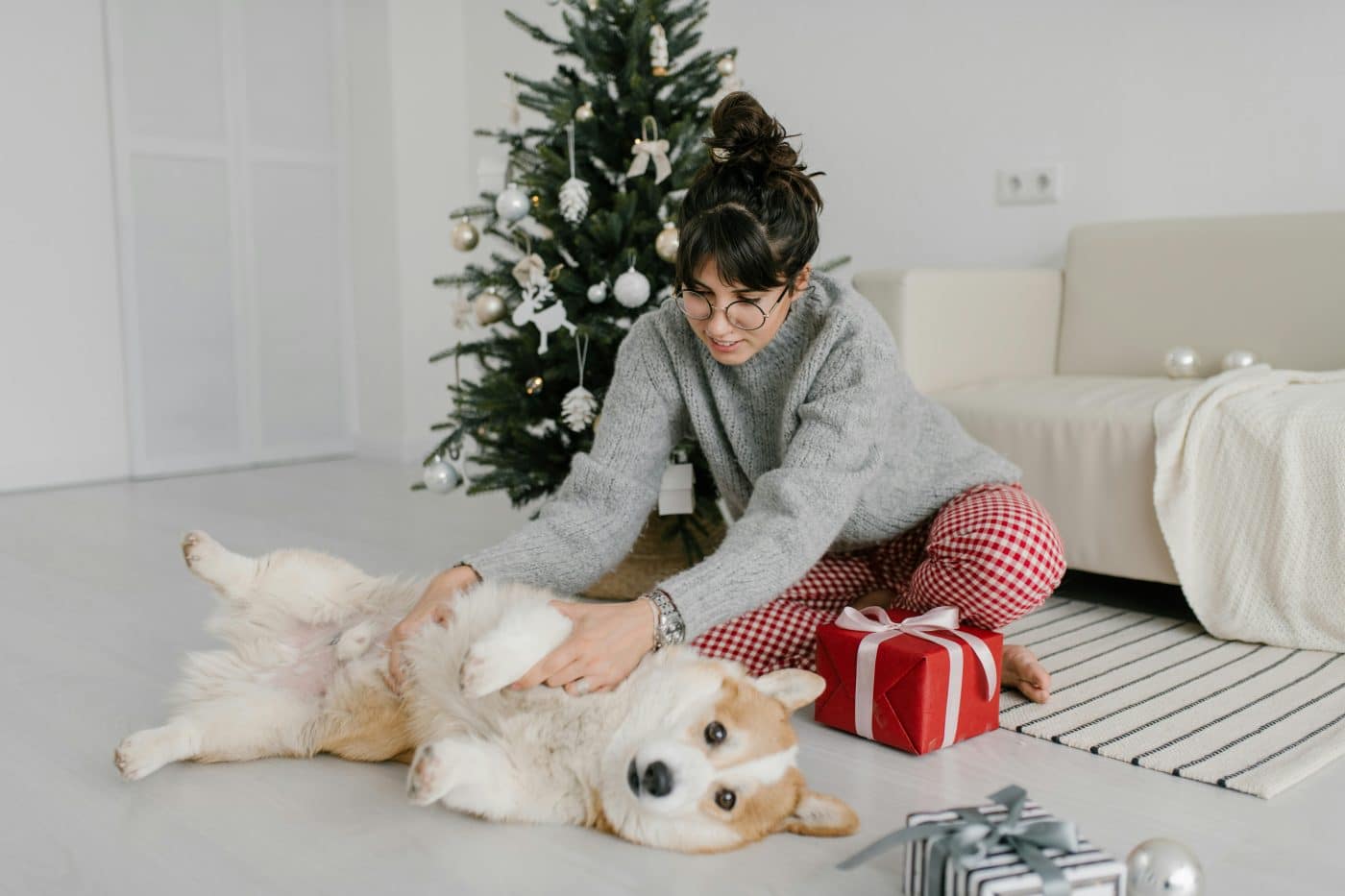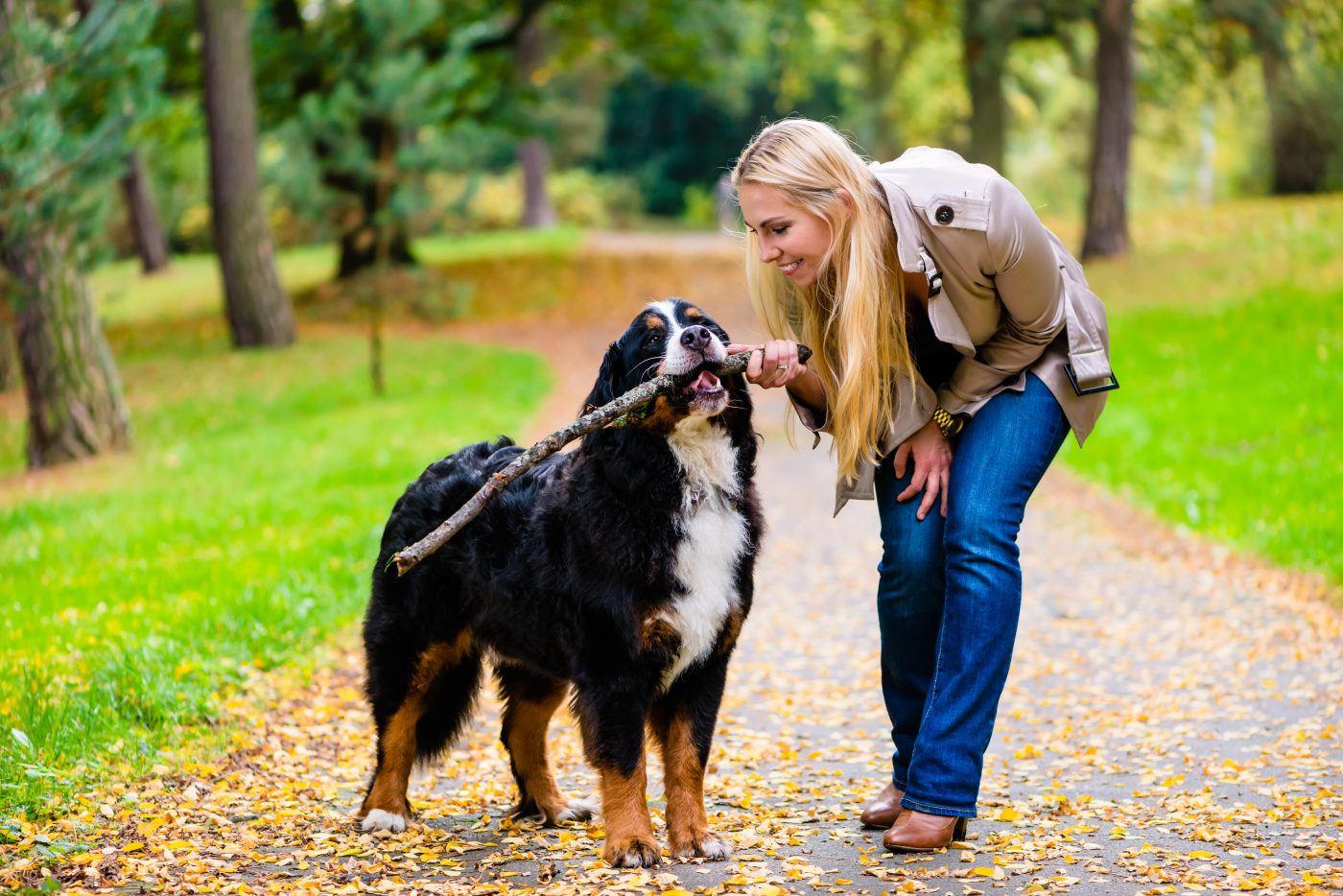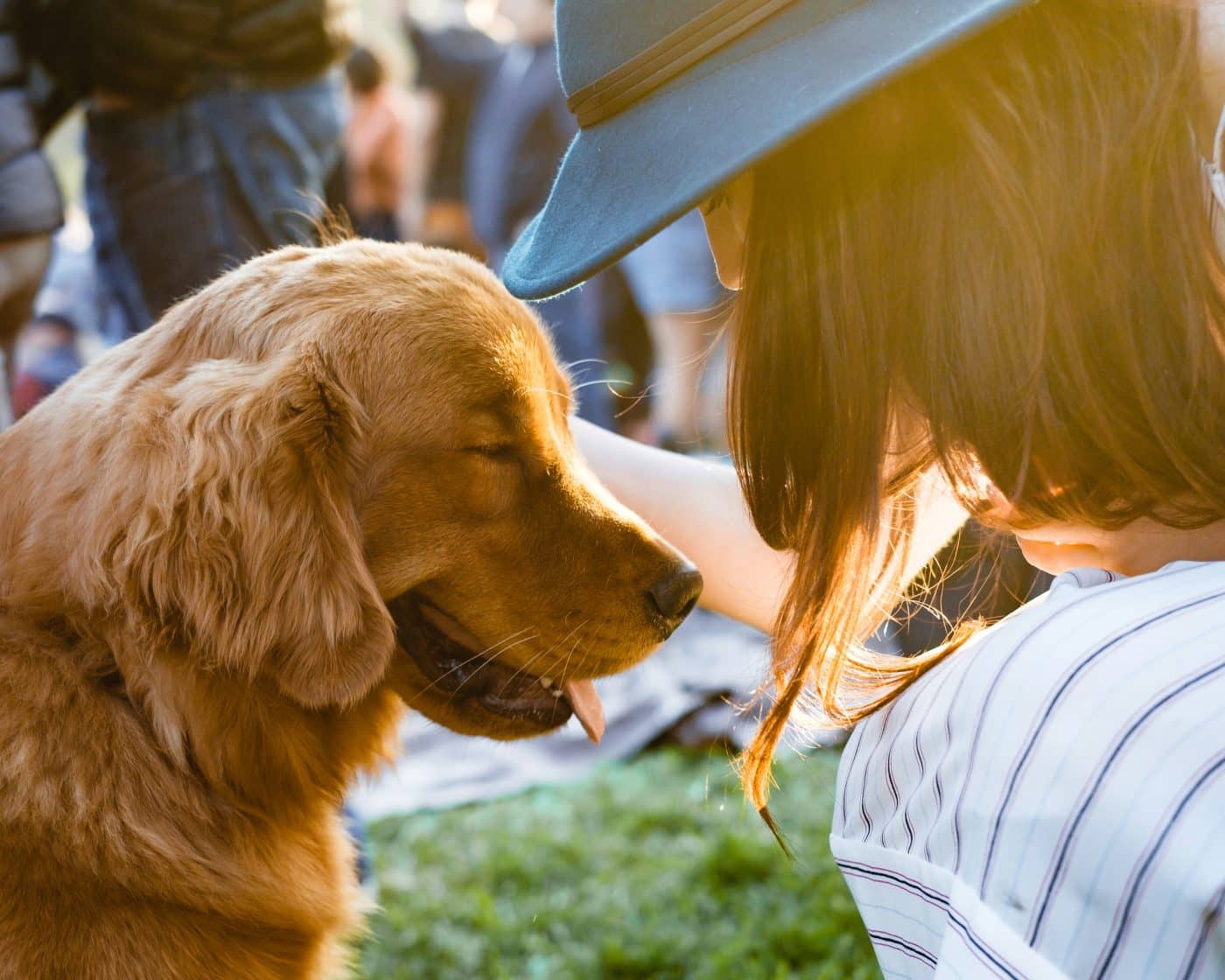 Shutterstock
Shutterstock
Dogs thrive in environments where they feel safe, loved, and secure. Providing this sense of well-being is essential for their happiness and health. While food and shelter are vital, emotional security is just as important. Dogs are sensitive creatures that pick up on your emotions, routines, and environment. You can ensure your dog feels truly at home by creating a nurturing space filled with trust, affection, and consistency. These tips will help you strengthen your bond and give your furry friend the best life possible.
Establish a Consistent Routine
 Shutterstock
Shutterstock
Dogs feel secure when their days follow a predictable routine. Feeding, walking, and bedtime schedules help your dog know what to expect, reducing anxiety. A structured day creates a sense of normalcy, allowing your dog to focus on enjoying life instead of worrying about the unknown. Consistency is especially crucial for newly adopted dogs adjusting to their new environment.
Provide a Safe Space
 Shutterstock
Shutterstock
Every dog needs a spot where they can relax and feel secure. A cozy bed, crate, or designated corner of the house gives them a place to retreat when they feel overwhelmed. This safe space becomes their personal sanctuary, offering comfort during stressful times, such as thunderstorms or unfamiliar visitors.
Use Positive Reinforcement
 Shutterstock
Shutterstock
Building trust with your dog is key to making them feel loved and secure. Positive reinforcement, like treats, praise, and gentle petting, encourages good behavior and strengthens your bond. Avoid punishment or yelling, as these can create fear and confusion. Rewarding your dog for their efforts reassures them of your love and approval.
Spend Quality Time Together
 Shutterstock
Shutterstock
Dogs crave your attention and companionship. Setting aside time each day for play, walks, or cuddles strengthens your bond and reassures your dog of their importance in your life. Quality time also helps you better understand your dog’s unique personality and needs, deepening your connection.
Provide Mental Stimulation
 Shutterstock
Shutterstock
A bored dog can become anxious or destructive. Interactive toys, puzzle feeders, and training sessions keep dogs’ minds active and engaged. Mental stimulation not only prevents boredom but also builds your dog’s confidence, making it feel more secure in its environment.
Speak Calmly and Reassuringly
 Shutterstock
Shutterstock
Dogs are highly attuned to tone of voice. Speaking in a calm, gentle voice helps reassure your dog that everything is okay. Whether giving commands or soothing an anxious pup, your tone can significantly affect how safe and secure they feel.
Socialize Gradually and Positively
 Shutterstock
Shutterstock
Socialization is key to helping your dog feel secure in different environments and around new people or animals. Introduce new experiences slowly, ensuring each interaction is positive. Gradual exposure reduces fear and builds your dog’s confidence in unfamiliar situations.
Use a Gentle Touch
 Shutterstock
Shutterstock
Dogs interpret love and security through touch. Gentle petting, belly rubs, and grooming sessions communicate affection and strengthen your bond. Always be mindful of your dog’s preferences; some may prefer certain types of touch over others.
Keep Their Environment Calm
 Shutterstock
Shutterstock
A chaotic environment can stress out even the most easygoing dog. Minimize loud noises, sudden movements, and clutter to create a peaceful atmosphere. A calm home environment fosters a sense of safety and stability for your dog.
Ensure Physical Comfort
 Shutterstock
Shutterstock
Provide soft bedding, proper nutrition, and regular grooming to ensure your dog’s physical comfort. Comfortable surroundings and good health are fundamental to helping your dog feel secure. When your dog’s basic needs are met, it can relax and enjoy life more fully.
Build Trust Through Training
 Shutterstock
Shutterstock
Training is not just about teaching commands; it’s about building trust and communication between you and your dog. Positive training establishes clear boundaries and expectations, helping your dog feel confident and secure. Training sessions are also a great way to bond.
Respect Their Boundaries
 Shutterstock
Shutterstock
Every dog has unique likes and dislikes. Pay attention to their signals and respect their personal space when needed. Forcing your dog into uncomfortable situations can erode trust. Instead, give them time to adjust at their own pace, reinforcing their sense of security.
Exercise Regularly
 Shutterstock
Shutterstock
Exercise isn’t just for physical health—it’s a stress reliever that promotes mental well-being. Daily walks, play sessions, or agility activities burn off excess energy and reduce anxiety. A tired dog is often a happy and content dog.
Keep Your Dog Healthy
 Shutterstock
Shutterstock
Regular vet check-ups, vaccinations, and a balanced diet are essential for your dog’s overall well-being. When your dog feels physically healthy, they’re more likely to feel secure and happy. Don’t forget to pay attention to their dental health and grooming needs as well.
Show Unconditional Love
 Shutterstock
Shutterstock
Dogs thrive on love and affection. Show your dog they’re a cherished family member through daily acts of kindness, like cuddles, treats, and simply spending time together. Your love and attention reassure them that they’re safe and valued.
When Your Dog Steals the Couch—and Your Heart
 Shutterstock
Shutterstock
These tips show that helping your dog feel safe, loved, and secure is a mix of understanding their needs, offering consistent care, and showing endless affection. From creating routines to respecting their boundaries, each small effort makes a difference in your dog’s life. A dog that feels secure in their environment becomes a more confident and joyful companion, enriching your life as much as you do theirs. Investing in their happiness and well-being builds a bond of trust and love that lasts a lifetime.
 Toledo, United States.
Toledo, United States.